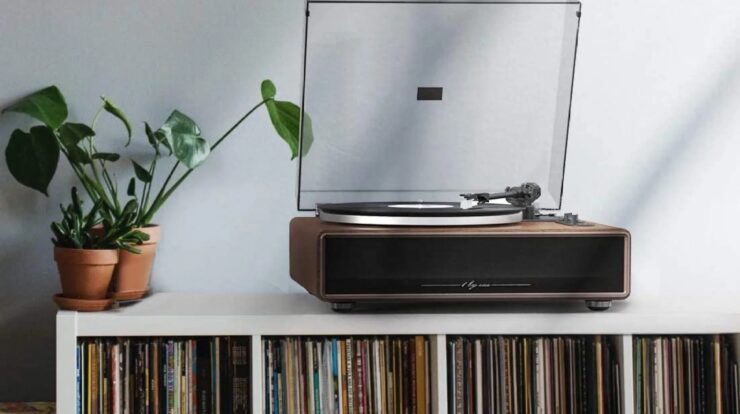
At first glance, a vinyl set-up may appear complicated. It isn’t as simple as connecting your phone to an aux wire.
To obtain a good sound, you’ll need several components, and some of the languages may be strange.
As a result, I wanted to share some basic information to help others get started with their life-long passion for collecting anime vinyl and other epic records. While a set-up necessitates more than just a turntable, we’ll concentrate on one section of the signal chain for now, and we’ll go over the others in future posts. However, keep in mind that your sound quality is only as excellent as the audio signal chain’s weakest link.
The Fundamentals
Understand the fundamentals of a table. Turntables are instruments, and you can fine-tune the better ones to perfection. Know the fundamentals so you may decide how involved you want to be.
Cartridge: This is the component that allows the sound to function. Cartridge makes the sound of the record. The needle drags along the grooves on the vinyl and amplifies it. Pioneer turntable cartridges are decent choices if this part wore out and needed a replacement.
The tonearm is the component that links the cartridge to the table and guides the needle through the grooves.
You can spin the vinyl by a direct drive or belt drive system. Direct campaigns are ideal for DJs because they quickly reach the desired speed, but they may also transfer vibrations more efficiently, resulting in more unwanted noise. Belt drives are suitable for those who want to listen while sitting in their living room.
Preamp for phono cartridges: Some tables come with built-in preamps. The signal output of vinyl is lower than that of most other media. To bring it up to standard or line level, you’ll need an amplifier. I assumed something was wrong with my first table because it didn’t have a preamp. All it took was a little bit to get it to line level. Some tables come with a built-in preamp.
Platter: This is the mat on which the vinyl spins.
Tracking Force: This is the amount of force applied by the tonearm to the needle to track through the groove. Weights are specific on most tables and cartridges, and some arms do not allow the operator to fine-tune this portion. To avoid harming your data, make sure you read the directions carefully and don’t track too heavily. The tracking force ranges between one and three grams in most circumstances. Tables without counterweights can be cumbersome, and this can damage your vinyl. In addition, incorrect counterweight balancing might result in severe tracking and ruined vinyl.
Understanding the fundamental components of a table might assist you in determining what is most relevant to your personal experience. It’s OK to choose a more hands-off table so you can focus on listening more quickly. You never know when the quest for higher fidelity will catch up with you, and you’ll be able to make adjustments then. The pursuit of collecting vinyl can take a lifetime, so you’ll have plenty of opportunities to improve your system as you gain more knowledge and desire a better listening experience.
![Create Meme GIFs with Best 4 Meme GIF Generators [Quick Guide]](https://www.seventech.ai/wp-content/uploads/2024/04/how-to-make-meme-gif.jpg)

